
Get the latest international news and world events from around the world.

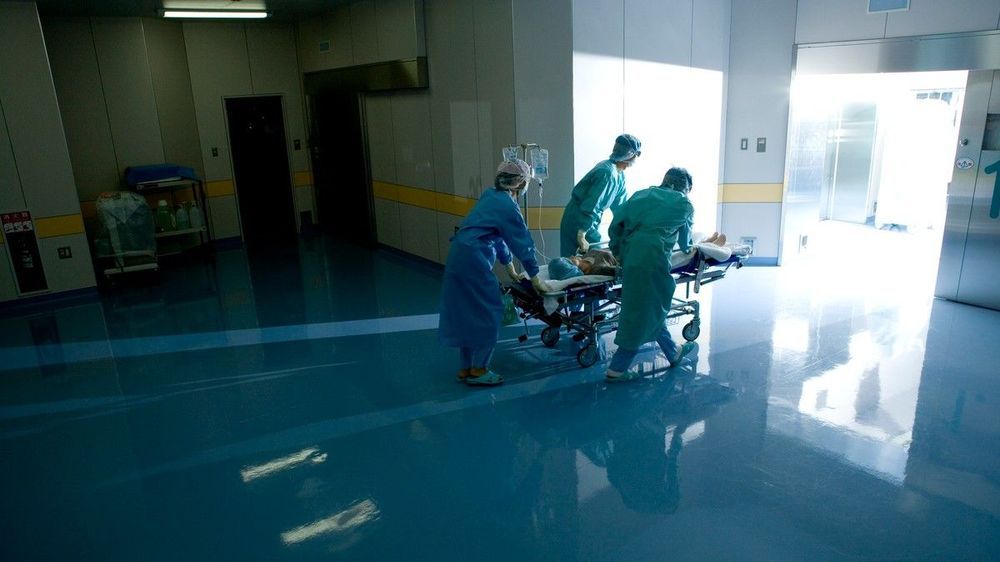
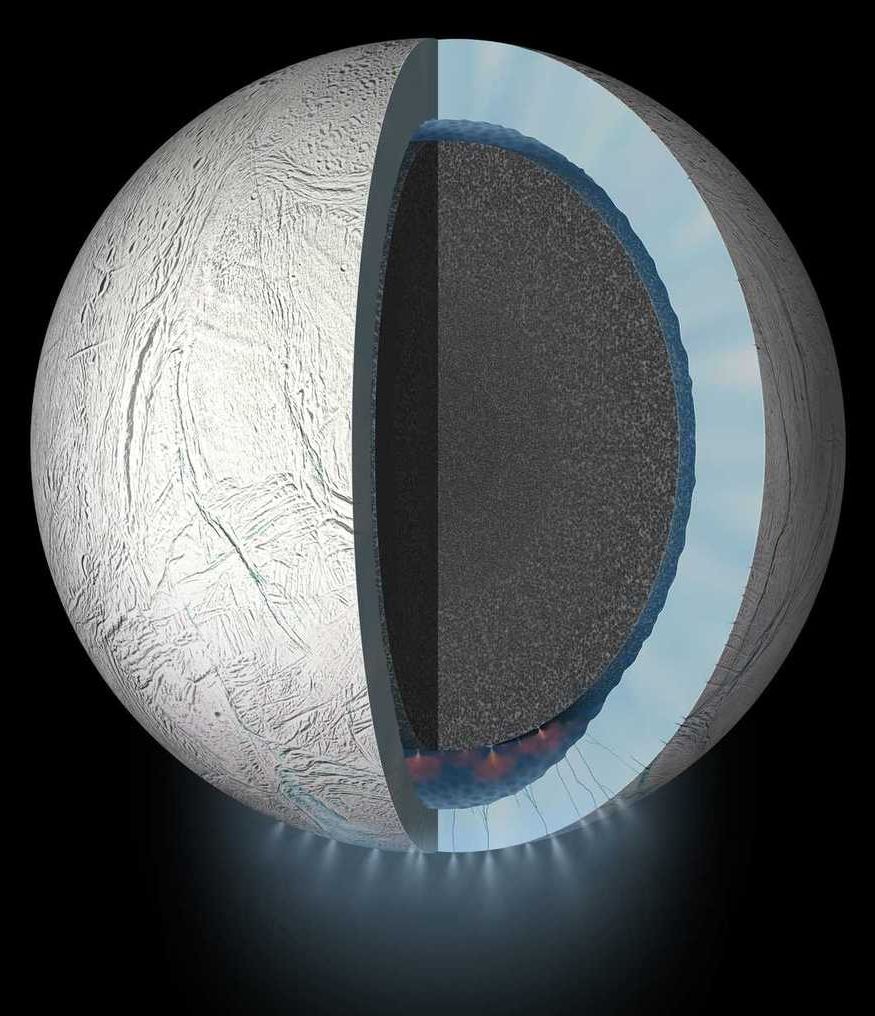
Inner Complexity of Saturn Moon, Enceladus, revealed
Enceladus’ subsurface ocean composition hints at habitable conditions. A Southwest Research Institute team developed a new geochemical model that reveals that carbon dioxide (CO2) from within Enceladus, an ocean-harboring moon of Saturn, may be controlled by chemical reactions at its seafloor. Studying the plume of gases and frozen sea spray released through cracks in the moon’s icy surface suggests an interior more complex than previously thought.
“By understanding the composition of the plume, we can learn about what the ocean is like, how it got to be this way and whether it provides environments where life as we know it could survive,” said SwRI’s Dr. Christopher Glein, lead author of a paper in Geophysical Research Letters outlining the research. “We came up with a new technique for analyzing the plume composition to estimate the concentration of dissolved CO2 in the ocean. This enabled modeling to probe deeper interior processes.”
Analysis of mass spectrometry data from NASA’s Cassini spacecraft indicates that the abundance of CO2 is best explained by geochemical reactions between the moon’s rocky core and liquid water from its subsurface ocean. Integrating this information with previous discoveries of silica and molecular hydrogen (H2) points to a more complex, geochemically diverse core.
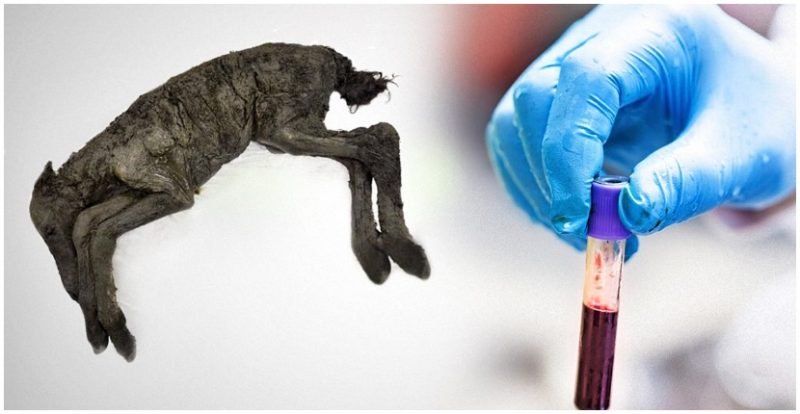
Huge New Findings Inside the Body of the Best-Preserved Ice Age Animal Ever Found
Liquid blood and urine were found inside the 42,000-yr-old foal. The oldest blood ever found by 10,000 years!
It made headlines in 2018 when researchers discovered the frozen remains of a foal that died 42,000 years ago in the Verkhoyansk region of Siberia, miraculously preserved in permafrost. But now an even more startling announcement has been made: Liquid blood and urine were found inside of the foal.
In an interview given to the Siberian Times, Semyon Grigoryev, head of the Mammoth Museum in Yakutsk, said, “The autopsy shows beautifully preserved internal organs. Samples of liquid blood were taken from heart vessels — it was preserved in the liquid state for 42,000 years thanks to favorable burial conditions and permafrost. The muscle tissues preserved their natural reddish color.”
Grigorvev then made the statement which is reverberating throughout the scientific community: “We can now claim that this is the best-preserved Ice Age animal ever found in the world.”
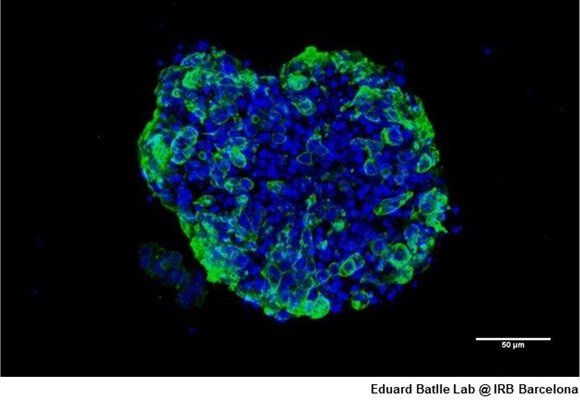
Cancer research breakthrough as DNA behavior is uncovered in 3D models
First, we found that every cancer organoid retains the properties of the tissue of origin, so this shows that if the samples were obtained from the surgery of a colon or pancreatic cancer, the organoid closely resembles the original primary tumor. Second, we discovered that there is no contamination of normal cells, thus, the malignant pure transformed cells can be analyzed without interferences. And finally, the 3D organoid cancers are closer to the patient tumors than the commonly used 2-D cell lines.
Scientists have used 3D models to break down the DNA behavior of cancer cells, in a breakthrough new study which could revolutionize treatment for the disease.
In what is a first for science, a research team led by Dr. Manel Esteller, Director of the Josep Carreras Leukaemia Research Institute (IJC), demonstrated how 3D models (known as organoids) can now be used to develop a characterization of the DNA make-up—or the epigenetic fingerprint—of human cancer.
Pubished in Epigenetics, the research validates the use of these 3D samples for cancer research that could deliver new oncology treatments.
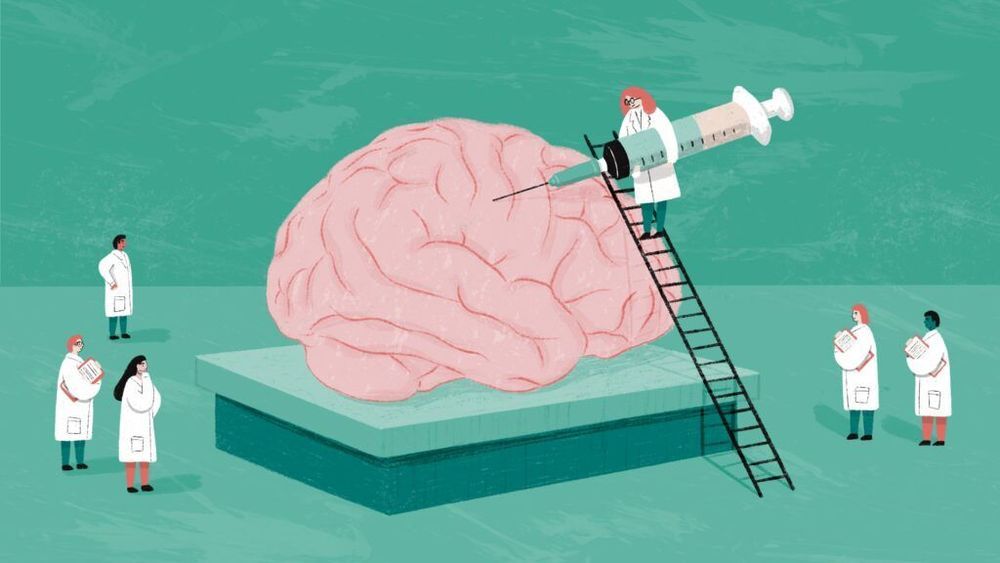
Doctors treat Parkinson’s with a novel brain cell transplant
“How would you like to be known as the neurosurgeon who cured Parkinson’s disease?”
A month before the scheduled surgery, the four researchers were ready to chaperone the brain cells on their 190-mile journey. They never anticipated they were in for “The Amazing Race”-meets-“ER.”
It was after midnight on a late summer night in 2017, and they had less than eight hours to get the cells by ambulance, private plane, and another ambulance from Dana-Farber Cancer Institute in Boston to Weill Cornell Medical Center in Manhattan. If it took longer, the cells would almost certainly be DOA, and so might the researchers’ plan to carry out an experimental transplant surgery unprecedented in the annals of medicine: replacing the dysfunctional brain cells of a Parkinson’s disease patient with the progeny of an extraordinary type of stem cell. Created in the lab from a patch of the patient’s own skin, these cells, it was hoped, would settle into the brain like they belonged there and permanently restore the patient’s ability to walk and move normally.
If successful, the surgery could forever change Parkinson’s disease, from an inexorable, cruel, and sometimes fatal decline to — for at least some patients — a condition that can be successfully treated.
The Mini Tesla!
Watch this this mini Tesla Cybertruck slay in a tug of war! Its so mini I thought it was controlled with a remote control… but it’s not… Check it out guys thanks to The Hacksmith.
USSF Transfer Q & As
Some answers to your questions, please keep asking, and thanks for your patience as we #buildthespaceforce. #USSF #SpaceForce
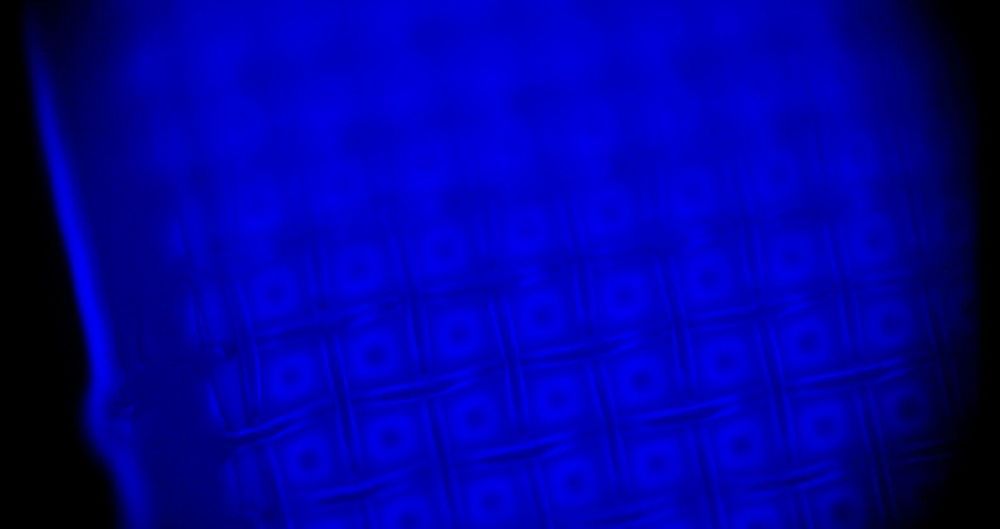
Shining light into the dark: New discovery makes microscopic imaging possible in dark conditions
Curtin University researchers have discovered a new way to more accurately analyze microscopic samples by essentially making them glow in the dark through the use of chemically luminescent molecules.
Lead researcher Dr. Yan Vogel from the School of Molecular and Life Sciences said current methods of microscopic imaging rely on fluorescence, which means a light needs to be shining on the sample while it is being analyzed. While this method is effective, it also has some drawbacks.
“Most biological cells and chemicals generally do not like exposure to light because it can destroy things—similar to how certain plastics lose their colors after prolonged sun exposure, or how our skin can get sunburned,” Dr. Vogel said. “The light that shines on the samples is often too damaging for the living specimens and can be too invasive, interfering with the biochemical process and potentially limiting the study and scientists’ understanding of the living organisms.”
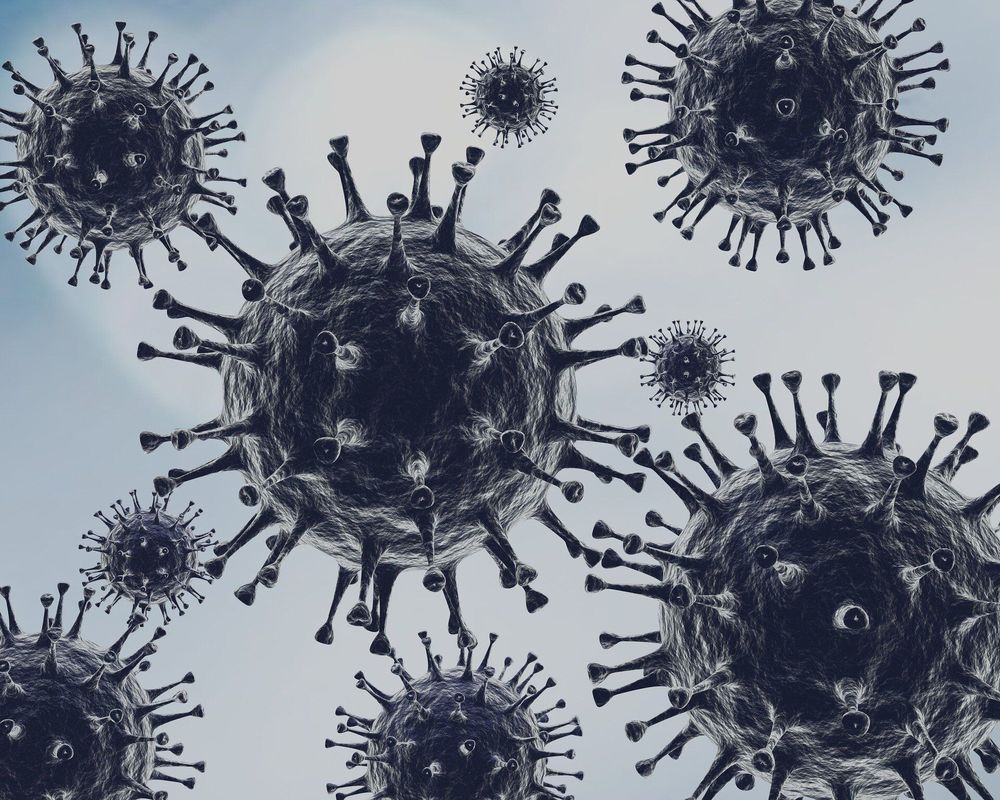
Driving immunometabolism to control lung infection
When drugs to kill microbes are ineffective, host-directed therapy uses the body’s own immune system to deal with the infection. This approach is being tested in patients with COVID-19, and now a team of researchers at Trinity College Dublin has published a study showing how it might also work in the fight against tuberculosis (TB). The findings are published in the journal Frontiers in Immunology.
Although the bacteria that causes TB (called Mtb) has scourged humankind for millennia, we do not fully understand the complexities and interplay of the human immune response to this ancient bug. Worryingly, there are increasing numbers of people with antibiotic resistant TB, which is hard to treat and is becoming a global threat to public health.
Scientists at the Trinity Translational Medicine Institute (TTMI) at St. James’s Hospital are dedicated to understanding the intricacies of the human immune response to Mtb with the aim of finding ways to target and promote the immune response to overcome the infection. Scientists already know that the human immune response can both under or over respond to the bacteria resulting in a difficulty to treat the disease. This complex immune response is analogous to driving with both the accelerator and the brakes fully engaged at the same time.